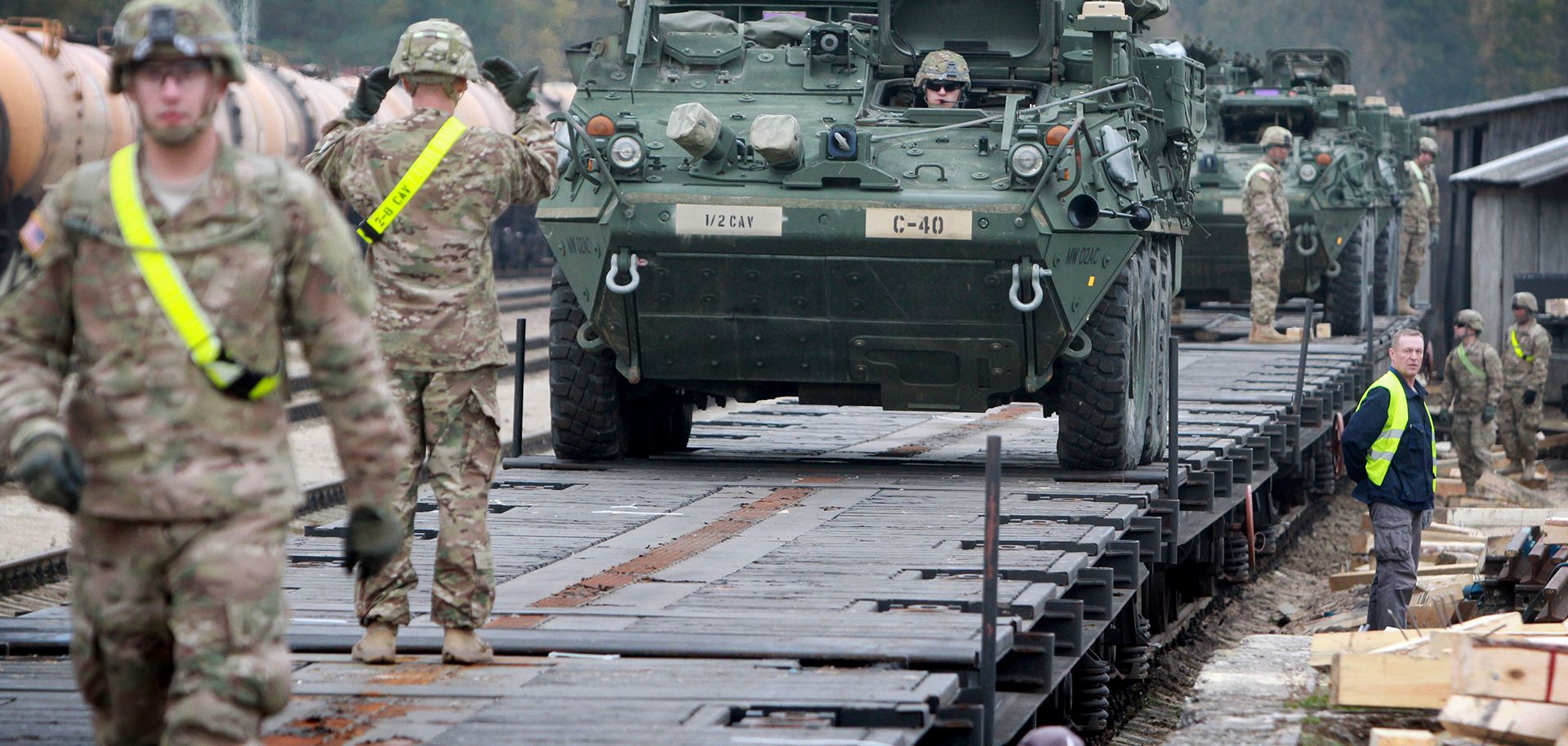ASSESSMENTS
Against Russia's New Military Strategy, NATO Wavers as Lithuania Prepares
Oct 16, 2014 | 09:15 GMT

(PETRAS MALUKAS/AFP/Getty Images)
Summary
Lithuanian President Dalia Grybauskaite said Oct. 15 that she would push to limit Russian television broadcasts inside the country. The statement came only two days after Defense Minister Maj. Gen. Jonas Vytautas Zukas announced plans to form a new rapid reaction force in Lithuania. These moves highlight Lithuania's mounting concerns over the threat Russia poses to the small but strategic country, particularly in light of Moscow's recent actions in Ukraine.
The Lithuanian president's plan to limit Russian media follows similar trends emerging in other Baltic states. The creation of the rapid reaction force, however, represents a new strategy. Zukas said that Lithuania must be ready for "unconventional attacks by unmarked combatants" — a thinly veiled reference to Russia's actions in Crimea and eastern Ukraine. Vilnius' plan will not be sufficient to counter potential Russian moves against Lithuania. It is instead an initial response to an evolving security environment in which the conventional Russian military threat to the Baltic states is overshadowed by that of hybrid warfare, which includes the use of proxies, special forces and information campaigns.
Subscribe Now
SubscribeAlready have an account?
